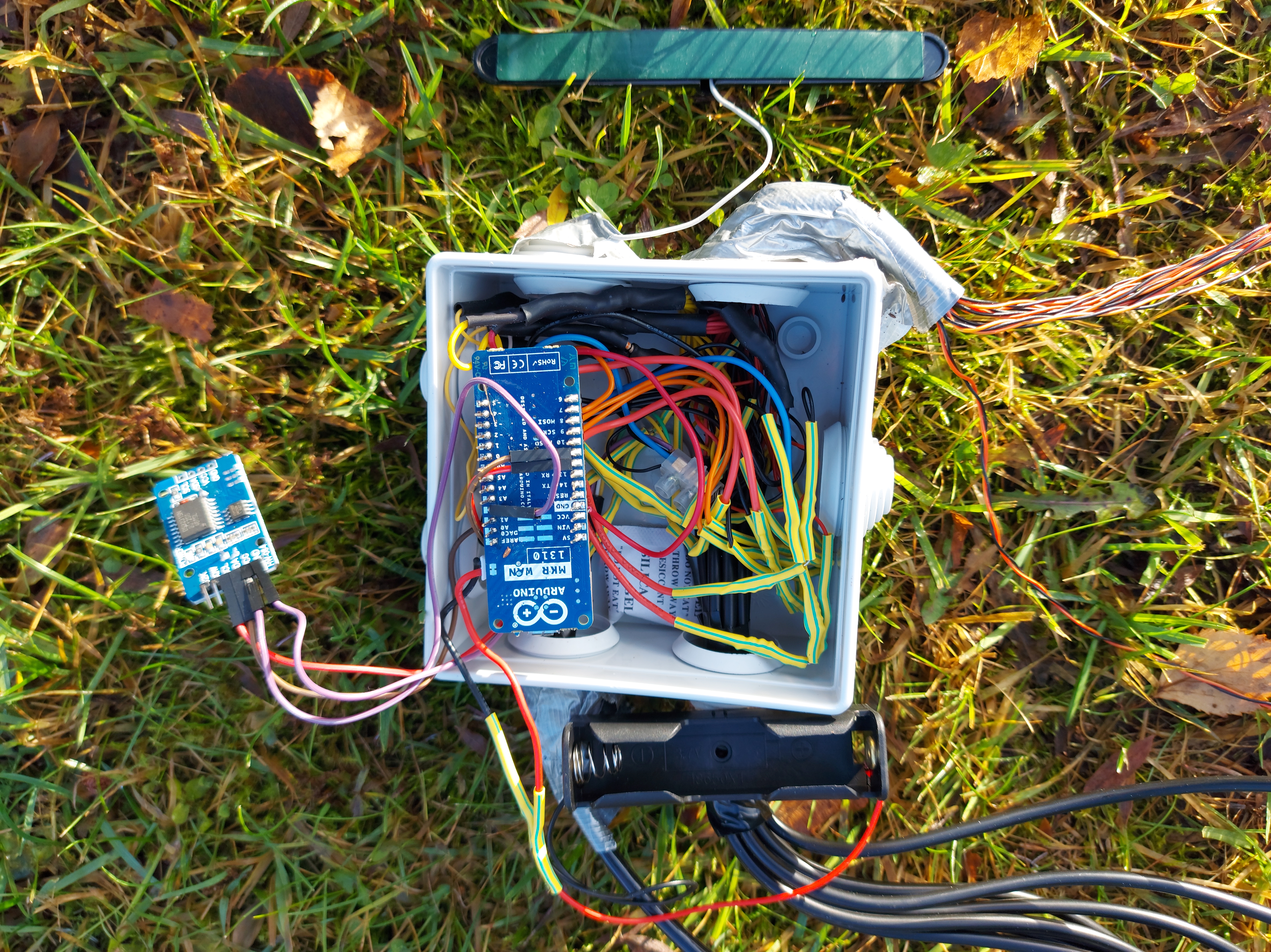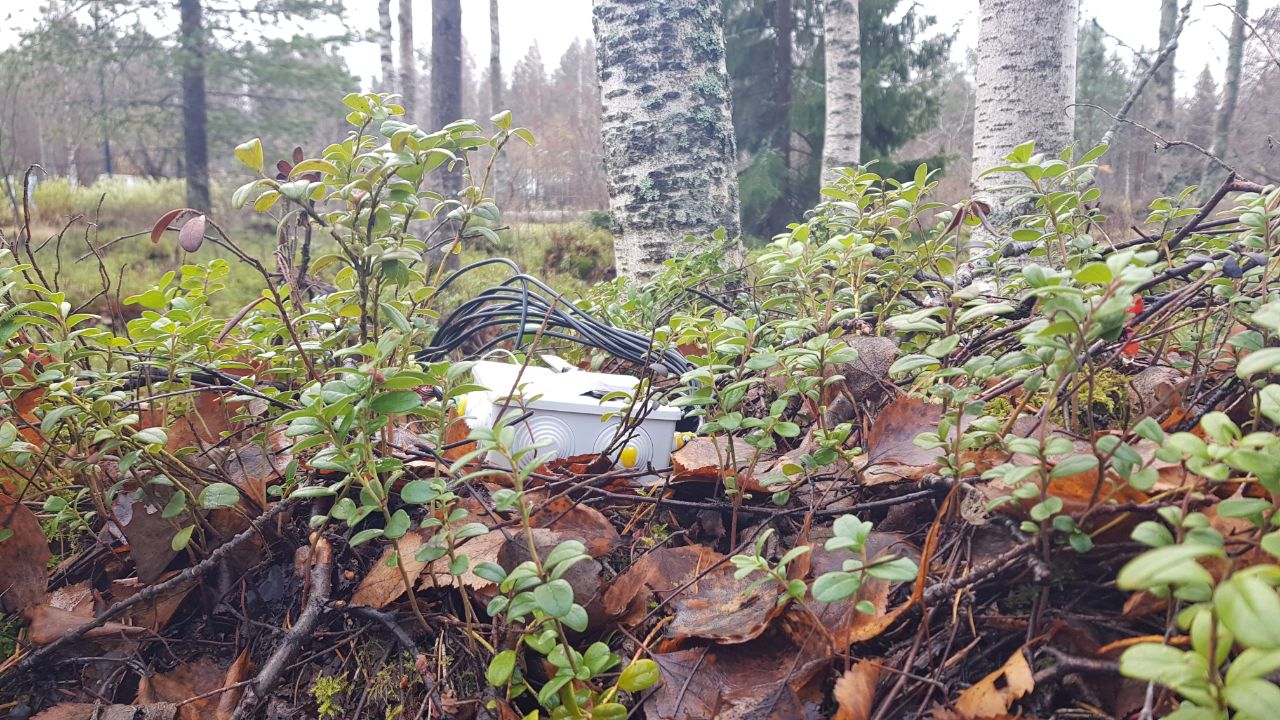|
Getting your Trinity Audio player ready...
|
Author Lina K. Mühlbauer summarises her team’s latest study exploring the use of Arduinos as a novel cost-effective method for microclimate monitoring in remote systems.
Why measure microclimate?
A great challenge of our times is to predict and mitigate the impacts of global climate change on the world’s ecosystems. To do so, a lot of information is needed about how environmental conditions vary across space and time. And to gather this information, we need sensors to measure climate on small spatial scales – i.e. the microclimate.
While microclimate can vary greatly from the measurements typically made by larger-scale weather stations, small-scale environmental conditions have greater influence on species response than those at larger scales. Thus knowing the actual environmental conditions experienced by individual organisms become highly relevant as their response is indicative of global climatic conditions.
Microclimate measurements are therefore important to examine how species and ecosystems react to global change.
What is the problem?
Measuring microclimate and soil properties is a great challenge, not only in ecology. Most sensors are expensive and a large number of sensors is needed for measurements of small scale variation. These make microclimate measurements inaccessible for a wider audience, such as small scale farmers or nature conservation practitioners.
Although technological advances have enabled the development of cheaper alternatives, their use in research is still rare. Further, remote ecosystems present additional challenges, such as missing infrastructure and harsh climatic conditions where measuring microclimate could be extremely important (e.g. the Arctic).
What did we do?
To solve this problem, we developed a low-cost, high resolution sensor network which is particularly well suited to applications under harsh climatic conditions in remote areas. All of the software used is freely available and the hardware can be purchased easily and at low cost through multiple distributors.

Our system is also very easy to adjust to different kinds of measurements. In our case, each microcontroller can measure soil moisture and temperature at 10 unique points within a one square meter area, at a total cost of less than 100 Euros per unit, or roughly 10 Euros per sampling point. A microcontroller is similar to a small computer that can run simple programs that e.g. measure and store data in fixed time intervals. Further, our system is “stand-alone”, meaning that it does not rely on WiFi or cellular networks for transmitting data to the internet – a typical feature of some of the more commonly used agricultural network systems.
We show that we are able to collect roughly 3.5 million unique soil temperature and moisture records over the course of about two months using 40 microcontroller units. We also found that our unique sensor network was able to successfully characterise microclimate variation with high accuracy and good reliability. Finally, the high-resolution data from our sensor network revealed that more than 10% of the overall microclimate differences in space occurred across a 50 cm x 50 cm patch.

Future implications
The major challenge now is to apply this tool in practice to help mitigate the effects of global change on ecosystems.
One example where microclimate sensors could help is the balance between agriculture and biodiversity in grasslands. A narrow observation of microclimate and soil properties in agricultural grassland could help reconcile economic yields and biodiversity. If species richness, and temperature, nutrient and water content of the soil is monitored at the same time, management could react. For example, if species loss happens, meadows could be reseeded or nutrients could be applied as necessary.
This would help balance species richness, nutrient input and soil properties to maximize yield and species richness at the same time – and could be also applied to meadows in nature conservation areas.
Read the full article: “Arduinos in the wild: A novel, low-cost sensor network for high-resolution microclimate monitoring in remote ecosystems” in Issue 4:3 of Ecological Solutions and Evidence.
